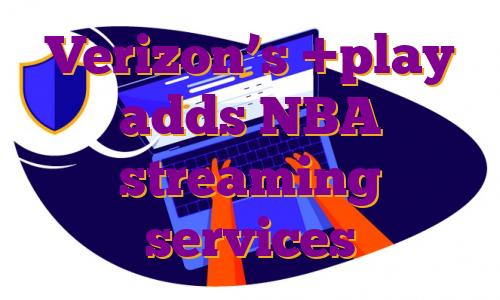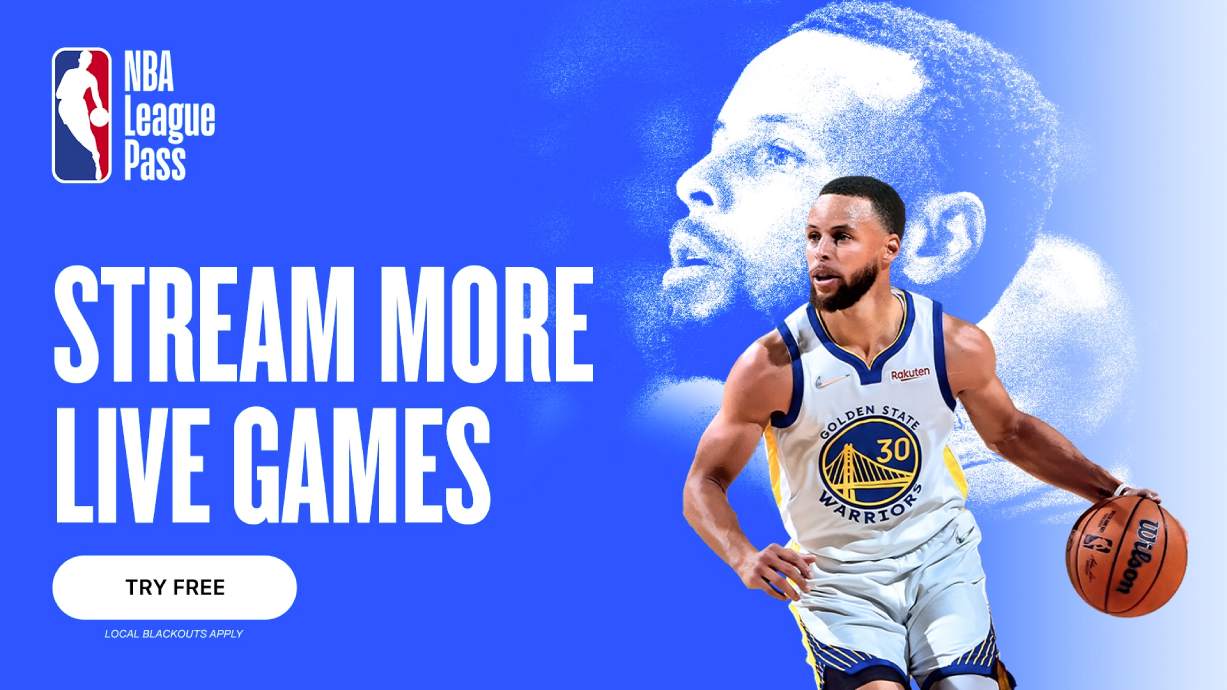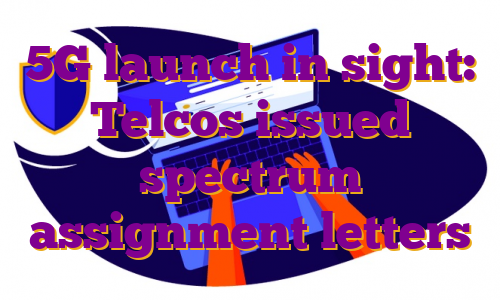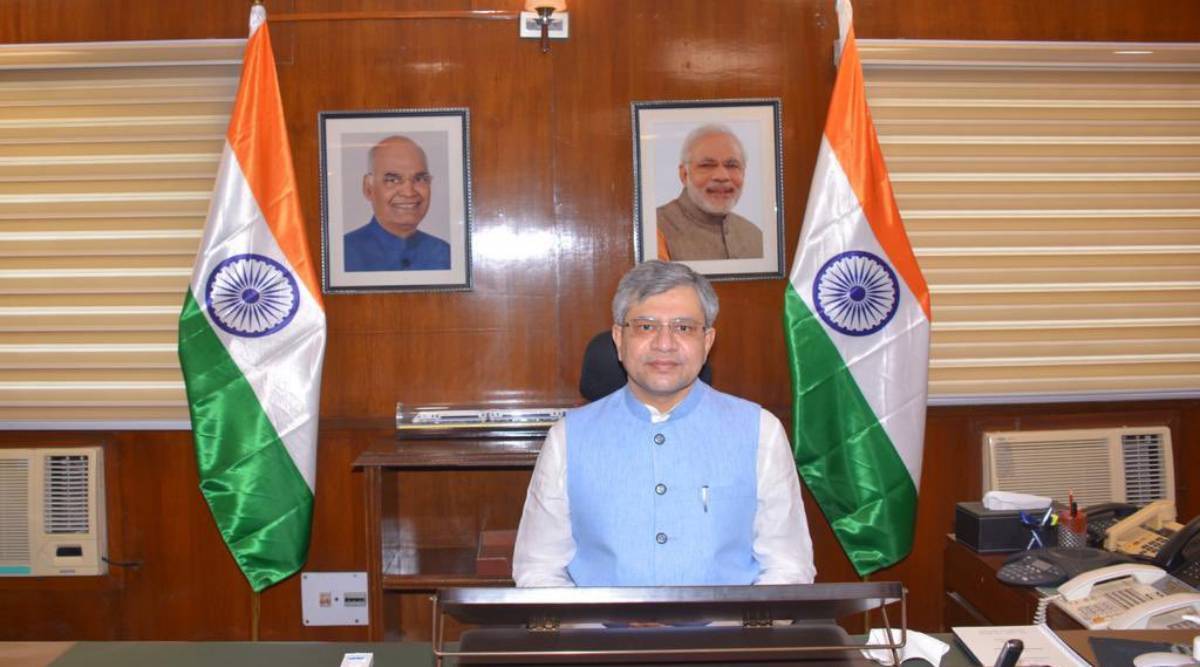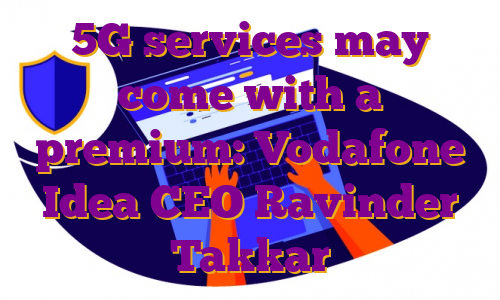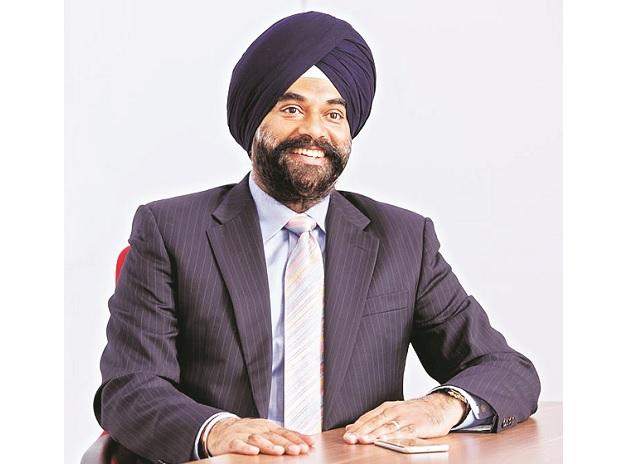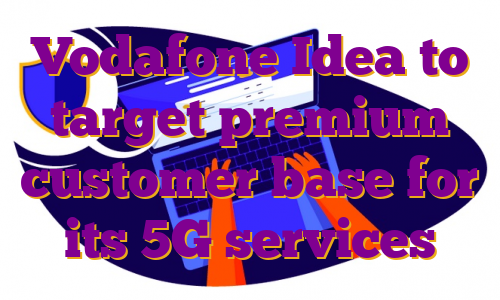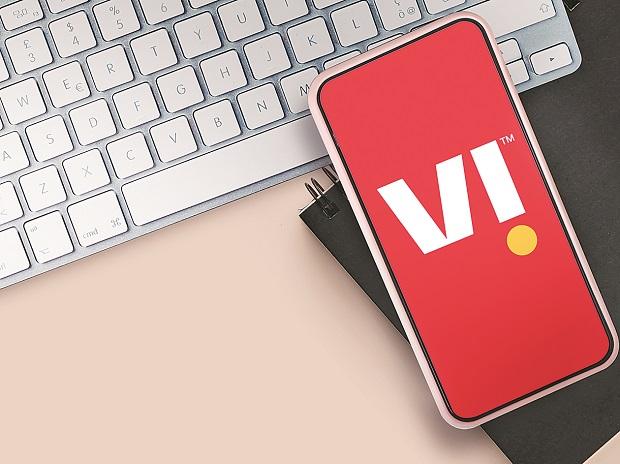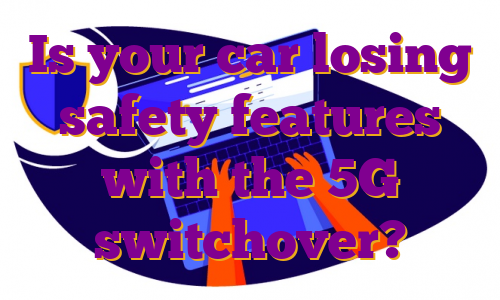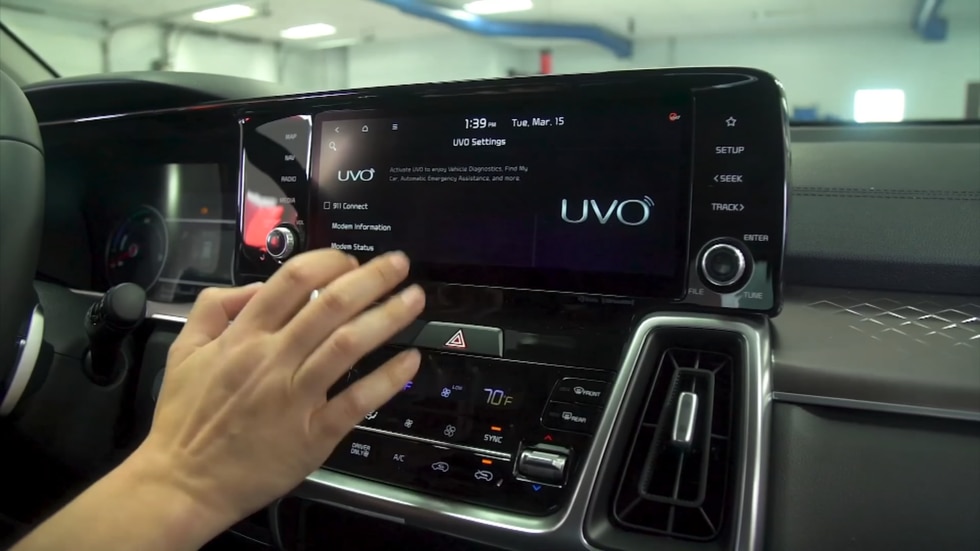NEW YORK, N.Y. – Verizon today announced that NBA League Pass, the league’s premium live game subscription service, and NBA TV, the league’s premium offering of 24/7 NBA content, are the latest additions to +play, a first-of-its-kind platform for consumers to discover, purchase and manage some of their favorite subscriptions – all in one place.With the NBA’s direct-to-consumer subscription services in +play, Verizon customers will be able to seamlessly access and manage their subscriptions to both NBA League Pass and NBA TV, as well as exclusive offers from the many services available through +play – all on the network America relies on.“NBA streaming services are an exciting addition to +play, allowing users to easily manage – and save – on their subscriptions and enjoy the best sports has to offer all in one place,” said Erin McPherson, chief content officer for Verizon. “Verizon has a track record of providing our customers incredible value, as well as great premium content from leading services. As one of the largest direct-to-consumer distributors in the country, we’re solving for millions of customers’ pain points by providing them with an innovative tool to manage and get exclusive deals on multiple subscriptions all in one place.”NBA League Pass offers live, out-of-market regular-season games, with next-generation game viewing enhancements, including new camera angles, alternative audio, celebrity influencer commentary, in-depth analytics and condensed games for on-demand viewing. With NBA TV, fans have access to exclusive live NBA games, original programming, and an extensive list of on-demand video content.With more than 200 streaming services available in the marketplace, customers are constantly challenged to keep pace with what’s available, as well as managing and tracking what they’ve already signed up for. +play is Verizon’s response to this pain point: a simple way to centralize content and entertainment services across all devices – and a more effective way for customers to discover new content and take advantage of deals for services.+play, announced earlier this year, is a free service for Verizon customers that will include top subscription services, along with access to exclusive deals and offers across entertainment, audio, gaming, fitness, music, lifestyle and more. The cutting-edge hub will give consumers access to the best content and experiences– while also strengthening Verizon’s strategy of providing customers with choice: choice connectivity, choice of device and now, choice of content and digital services – all managed in one place.+play builds on the content Verizon already offers through leading providers including Disney+, Hulu, ESPN+, discovery+ and AMC+, all of which are featured in the new service, and introduces new partners, including NFL+, HBO Max, Netflix, Peloton, The Athletic, Calm, Duolingo, and TelevisaUnivision’s Vix+, among many others.Learn more: https://www.verizon.com/about/news/verizon-announces-new-platform-exclusive-verizon-customers .
5G launch in sight: Telcos issued spectrum assignment letters
In what could significantly reduce timelines of network deployment by telecom operators, the Department of Telecommunications (DoT) has issued the spectrum assignment letters to telcos just 17 days after the auctions for 5G spectrum was concluded. Comparatively, in the previous auctions last year, these letters were issued more than a month after bidding ended.
Communications Minister Ashwini Vaishnaw tweeted on Thursday morning, “5G update: Spectrum assignment letter issued. Requesting TSPs (telecom service providers) to prepare for 5G launch.”
Bharti Airtel said it was provided with an allocation letter for the designated frequency bands it purchased at this year’s 5G spectrum auctions “hours after” it submitted its first tranche of upfront dues towards the airwaves to the DoT, said Bharti Enterprises founder & chairman Sunil Bharti Mittal. Calling it an example of ease of doing business, he said this has never happened in this three decade long experience with the DoT.
“No fuss, no follow up, no running around the corridors and no tall claims. This is ease of doing business at work in its full glory. In my over 30 years of first-hand experience with the DoT, this is a first. Business as it should be…” Mittal said in a statement.
On Wednesday, the DoT received Rs 17,876 crore as upfront dues from four entities that bought spectrum in the auctions that ended earlier this month. Bharti Airtel paid the highest amount of Rs 8,312.4 crore, followed by Rs 7,864.7 crore from Reliance Jio, Rs 1,679.98 crore from Vodafone Idea and Rs 18.94 crore from Adani Group arm Adani Data Networks.
As per DoT’s rules for receiving payments from the spectrum auctions, companies have the option to pay dues in 20 equated annual instalments.
However, they are also free to pay the entire amount or part of it upfront, with the minimum duration for upfront payment being two years.
On August 5, the Department had issued demand notices to all the four companies to pay up their spectrum payments in 10 days, with Wednesday being the final day.
Analysts tracking the field said that before this year, spectrum assignment was typically a months’ long process. For instance, in last year’s auctions, which ended on March 2, telecom operators had submitted their first upfront dues by March 18. But the spectrum assignment happened on April 16, almost a month later after the payments were made. In 2021, the amount of spectrum sold was worth Rs 77,814.80 crore, almost half of what was sold this year.
“Allocation of spectrum post auctions is an administrative and bureaucratic task, and it shows that the government was well prepared in this year’s auctions. Even the earlier decisions that have been taken regarding this, including issuing the Notice Inviting Applications (NIA) for the auctions that was released right after the Cabinet cleared the country’s biggest ever spectrum auctions so far, shows that everything was already in place. It points towards the government making a conscious effort to cut bureaucratic slack. Sunil Mittal is right to highlight this change,” telecom analyst Mahesh Uppal said.
Bharti’s Mittal said that the government also has assigned the company E-band spectrum “as promised”. The E-band spectrum, which is radio waves in the 70-80 GHz band, are pegged to play a major role in helping the telcos with backhaul, which will help smoothen data on their network. Last month, the DoT had agreed to provisionally allot E-band airwaves exclusively to mobile operators via the administrative route in circles where they hold 5G spectrum.
Newsletter | Click to get the day’s best explainers in your inbox
Airtel and Jio have unveiled their 5G rollout plans, with the former saying that it will start rolling out the service this month itself and, by 2024, is expecting to cover large parts of the country, including in rural areas. Airtel has also prepared detailed network roll-out plans for 5,000 towns in India. Jio, meanwhile, has completed 5G coverage planning in 1,000 cities.
India’s biggest ever spectrum auction for 5G airwaves had ended on August 1 with bids upwards of Rs 1.5 lakh crore coming in after seven days of bidding spread over 40 rounds, belying initial expectations that the auction process would be wrapped up in under three days.
Jio emerged as the largest spender in the 5G spectrum auction, acquiring almost half of all the airwaves sold for more than Rs 88,000 crore, and was also the only one to have acquired spectrum in the premium 700 MHz band. Airtel, shelled out Rs 43,084 crore to acquire a total of 19.8 GHz of spectrum in the 900 MHz, 1,800 MHz, 2,100 MHz, 3,300 MHz and 26 GHz bands. Vi spent Rs 18,799 crore and bid for certain medium and high frequency bands. Adani Data Networks acquired spectrum only in the 26 GHz band and spent Rs 212 crore.
!function(f,b,e,v,n,t,s)
{if(f.fbq)return;n=f.fbq=function(){n.callMethod?
n.callMethod.apply(n,arguments):n.queue.push(arguments)};
if(!f._fbq)f._fbq=n;n.push=n;n.loaded=!0;n.version=’2.0′;
n.queue=[];t=b.createElement(e);t.async=!0;
t.src=v;s=b.getElementsByTagName(e)[0];
s.parentNode.insertBefore(t,s)}(window, document,’script’,
‘https://connect.facebook.net/en_US/fbevents.js’);
fbq(‘init’, ‘444470064056909’);
fbq(‘track’, ‘PageView’);
.
5G services may come with a premium: Vodafone Idea CEO Ravinder Takkar
Mobile consumers may have to pay a premium for 5G services but could get higher-data packs, Vodafone Idea (Vi) Managing Director and Chief Executive Officer Ravinder Takkar indicated on Thursday.
“A fair amount has been spent on spectrum. We believe the 5G services should be hopefully priced at a premium to 4G services,” Takkar said in response to an analyst query in the post-results conference call.
However, customers could get a higher data bundle along with pricier plans.
Takkar said there was an opportunity to increase mobile tariffs by December-end with the market fully absorbing the 20 per cent hike carried out last November.
“We are impatient and we want to increase prices. Anytime we increase prices it takes several months by the time price increase settles in. We have reached that point,” he stated.
Vi, which posted a net loss of Rs 7,296 crore in first quarter FY23, acquired 6,228 MHz in five bands in the recently concluded auction. Its purchase, worth Rs 18,799 crore, is the least among the three mobile service providers.
Takkar defended the company’s spectrum purchase strategy and added that not acquiring spectrum in 700 MHz would not affect its plans. He said the company had purchased adequate spectrum and would cater to capacity requirements for several years.
Vi purchased spectrum in the 3300 MHz band in 17 of its priority circles and in the 26 GHz band in 16 circles, enabling last-mile connectivity. Additionally, it bought 4G spectrum in three circles.
“We don’t see any issue or challenge with providing enough capacity for several years. I don’t see that 700 MHz spectrum provides any additional capacity from a 5G perspective or provides any competitive advantage,” he stated.
Chief Financial Officer Akshaya Moondra said the company was in advanced discussions with banks for fresh funding for investment.
“If we look at our external debt and earning before interest, tax, depreciation, and amortisation, we are in a fairly comfortable position. There is a long moratorium for serving government debt. Banks understand this. We should be able to conclude discussions in the near future.”
Betting on a new deal
- Vi CEO defends 5G spectrum purchase, says acquisition adequate for several years
- Customers could get a higher data bundle, along with the pricier plans
- Tariff hike of last November absorbed; Vi looking for opportunity to hike rates again
- In advanced discussions with banks to raise funds for investments
.
Vodafone Idea to target premium customer base for its 5G services
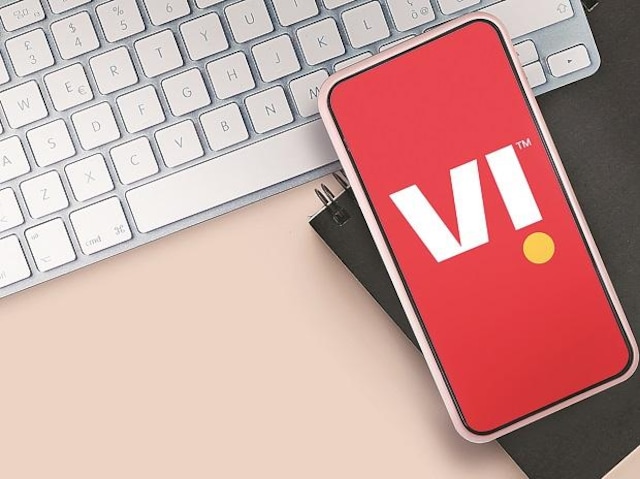
With a customer base of 259 million as of June this year, the third-largest telecom operator is waiting for the government to pick up a 33.5 per cent stake in the company in lieu of ending dues offered to it as telecom relief package.
Dear Reader,
Business Standard has always strived hard to provide up-to-date information and commentary on developments that are of interest to you and have wider political and economic implications for the country and the world. Your encouragement and constant feedback on how to improve our offering have only made our resolve and commitment to these ideals stronger. Even during these difficult times arising out of Covid-19, we continue to remain committed to keeping you informed and updated with credible news, authoritative views and incisive commentary on topical issues of relevance.
We, however, have a request.
As we battle the economic impact of the pandemic, we need your support even more, so that we can continue to offer you more quality content. Our subscription model has seen an encouraging response from many of you, who have subscribed to our online content. More subscription to our online content can only help us achieve the goals of offering you even better and more relevant content. We believe in free, fair and credible journalism. Your support through more subscriptions can help us practise the journalism to which we are committed.
Support quality journalism and subscribe to Business Standard.
Digital Editor
.
Is your car losing safety features with the 5G switchover?
ATLANTA, Ga. (CBS46) – Chances are you haven’t thought much about older 3G cellular networks because all the talk today is about 5G, the super-fast new network for smartphones and other wireless devices. But, as wireless carriers begin shutting down those old 3G networks, millions of connected cars may lose important safety features.Almost every car these days has an internet connection built in. And that can be used for safety features, like being able to automatically call for help in a crash, or for convenience, like being able to start the car remotely or check to see if the doors are locked or unlocked.But for millions of cars on the road today, that technology relies on an aging 3G wireless network. And by the end of this year, all of the major cellular carriers will shut down their 3G networks. Some vehicles just need a software or hardware upgrade, but others—including vehicles from Chrysler, Dodge, Hyundai, Jeep, Lexus, Nissan, Ram, and Toyota—are losing their connections permanently.Automakers have known this for years, but as recently as 2019 they were putting 3G technology into new vehicles, knowing that customers would be left in the lurch without access to some of these services.Consumer Reports went to owner’s manuals and look at engineering documents to find out what features were impacted. See the list below. The best advice is to ask your dealer if and when the connected services on your car are set to expire.• Owners of vehicles from Nissan, Infiniti, Toyota, and Lexus are out of luck so far. There are no announced plans for a connectivity upgrade, even though some of the cars that will permanently lose services are as new as the 2019 model year.• Honda owners may be too late. Owners of some Hondas who didn’t download new software before Feb. 22, 2022 may have to pay upward of $900 for a hardware upgrade or lose certain features. The automaker sent out update reminders to owners of affected vehicles—both via mail and directly to the vehicles’ infotainment screens—before the cutoff date.• Hardware and software upgrades are available for some vehicles. But exactly what owners get depends on the manufacturer. OnStar users retain crash notification after a software update, and both Audi and VW are giving some owners access to a third-party service that offers SOS and crash notification, for example.• Some cars will keep convenience features but lose crash notifications. A spokesperson for Stellantis—which owns Alfa Romeo, Chrysler, Dodge, Fiat, Jeep, Maserati, and Ram—told CR that the automaker will allow owners of certain vehicles affected by the shutdown to upgrade to 4G to keep some remote services for a monthly fee of $10 for 2 gigabytes of data or $30 for unlimited data, but their vehicles will no longer have automatic crash notification or SOS.• Not all automakers are affected. Ford and Mazda, for instance, connect to a driver’s cell phone for crash notification. And Mitsubishi has never used 3G, says Jeremy Barnes, spokesperson for the automaker. “We foresaw this time coming and designed around it,” he told CR.Below is a list of vehicles with automatic crash notification and E911 services that operate on a 3G network. We’ve also included whether they can be updated and, if so, how to do that.AcuraVehicles affected: 2014 to 2017 MDX (Tech Package and above); 2015 to 2017 TLX (Tech and Advanced packages); 2016 and 2017 ILX (Tech Plus Package); 2014 to 2016 RLX (models with navigation); 2016 and 2017 RDX (Tech and Advanced packages); and 2017 NSX.The fix: According to Acura’s website, certain vehicles lose automatic crash notification and other features, but drivers can continue to access AcuraLink services “if the hardware in your vehicle is updated with a new device.” Acura recommends contacting a dealership for more information.AudiVehicles affected: Audi vehicles that connect to a 3G network lost connectivity in February 2022. These include the 2016 to 2018 A3 E-Tron; 2013 to 2018 A4, A5, and Q5; 2014 to 2018 Allroad; 2012 to 2015 A6 and A7; 2012 to 2018 A8; 2015 to 2018 Q3; 2012 to 2018 Q7; and 2019 RS5, according to Audi’s website.The fix: Audi is partnering with a company called Mojio to provide owners with a device that plugs into their car and allows them to keep automatic crash notification and SOS. It’s called Motion for Audi Connect, and owners can get more information from the automaker. An Audi spokesperson, Jacob Brown, says that it requires professional installation and that the company is contacting customers who are eligible.BMWVehicles affected: All BMW vehicles that connect to a 3G network lost connectivity as of February 2022. The automaker hasn’t published a list of affected vehicles but says it has contacted owners directly.The fix: BMW said in a statement that not all vehicles would be eligible for a free technology upgrade. “Customers will be notified via email or First-Class Mail about whether their vehicles are eligible for an upgrade or not,” the statement said.GM*Vehicles affected: General Motors–brand vehicles using OnStar on a 3G network required a software update by February 2022. Owners can find out whether their vehicle was affected on this website.The fix: According to OnStar, owners with an “active, connected vehicle” received an over-the-air software update. These updates began in October 2021, and owners might have had to accept a prompt on the vehicle’s screen to install the new software. “Once the over-the-air software update is completed, OnStar voice services will continue to work after the 3G sunset and members will be able to connect with OnStar advisers as expected,” an OnStar spokesperson, Stephanie Obendorfer, told CR.(*includes Buick, Cadillac, Chevrolet, and GMC With OnStar)HondaVehicles affected: Accord (Touring trim, 2018 to 2020); Odyssey (Touring and Elite trims, 2018 to 2020), Insight (Touring trim, 2019 and 2020); Passport (Touring and Elite trims, 2019 to 2021); and Pilot (Touring, Slite, and Black Edition trims, 2019 to 2022).The fix: Owners who didn’t complete a software update by Feb. 22, 2022, may need to get an updated telematics control unit (TCU), which could cost as much as $900. “The only way to update firmware on the TCU is through an OTA [over-the-air] update via AT&T’s mobile network,” says Chris Naughton, a spokesperson for Honda and Acura. “Since the TCUs in question are currently communicating via 3G, once that network stops operating, there is no further opportunity to communicate with the TCUs to perform the update.”Hyundai and GenesisVehicles affected: 2016 to 2018 Hyundai Elantra GT; 2017 and 2018 Hyundai Santa Fe Sport; 2015 to 2017 Hyundai Azera; 2017 Hyundai Elantra; 2017 Hyundai Ioniq Electric; 2018 Hyundai Ioniq Plug-in Hybrid; 2017 and 2018 Hyundai Santa Fe; 2015, 2016, and 2018 Hyundai Sonata; 2016 Hyundai Sonata Hybrid; 2016 and 2017 Hyundai Sonata Plug-in Hybrid; 2016 Hyundai Tucson; 2016 and 2017 Hyundai Veloster; 2014 to 2016 Hyundai Genesis; 2017 to 2019 Genesis G80; and 2017 Genesis G90.The fix: Some newer Hyundai and Genesis vehicles will receive a free software update. But about 22,000 others—including those listed above—will not, and their Bluelink services will end Dec. 31, 2022, says Michael Stewart, a Hyundai spokesperson.In addition, some 2012 to 2016 Hyundai vehicles equipped with Bluelink use an even older 2G network. These vehicles will permanently lose their Bluelink features Jan. 1, 2023, according to Hyundai’s website. The fine print on Genesis’ Connected Services page says any Genesis vehicle with 2G or 3G “will be unable to connect to Connected Services, and your vehicle may not be updated to support other wireless technologies.”Jaguar and Land RoverJaguar and Land Rover didn’t respond to CR’s questions, and the automaker’s website doesn’t have any information on the shutdown. CR research shows that the 2017 Jaguar F-Pace and XE; the 2016 and 2017 Jaguar XF and XJ; the 2015 to 2017 Land Rover Discovery Sport; the 2017 Land Rover Discovery; and the 2016 and 2017 Land Rover Range Rover Evoque, Range Rover Sport, and Range Rover may be affected by the shutdown. We will update this article if we learn more.KiaKia didn’t respond to CR’s questions, and the automaker’s website doesn’t have any information on the shutdown. We will update this article if we learn more.Mercedes-BenzMercedes didn’t respond to CR’s questions, and the automaker’s website doesn’t have any information on the shutdown. According to Lanctot, Mercedes may be preparing an aftermarket solution similar to what Audi is doing. We will update this article if we learn more.Nissan and InfinitiVehicles affected: 2016 and 2017 Nissan Altima; 2017 and 2018 Nissan GT-R; some 2011 to 2015 Nissan Leafs; 2016 and 2017 Nissan Maxima; 2017 Nissan Murano; 2017 Nissan Pathfinder; 2016 and 2017 Nissan Rogue; 2017 and 2018 Nissan Rogue Sport; 2016 to 2018 Nissan Sentra; 2016 and 2017 Nissan Titan; 2017 Nissan Titan XD; 2014 to 2018 Infiniti Q50; 2017 and 2018 Infiniti Q60; 2013 to 2018 Infiniti Q70; 2017 and 2019 Infiniti QX30; 2013 to 2017 Infiniti JX/QX60; and 2013 to 2017 Infiniti QX56/QX80, according to Nissan’s and Infiniti’s websites.The fix: Nissan Connect and Infiniti InTouch stopped working on these vehicles Feb. 22, 2022, and they have permanently lost automatic crash notification and other features.PorscheVehicles affected: 2017 to 2019 911; 2014 918 Spyder; 2017 to 2021 718; 2015 to 2019 Cayenne; 2015 to 2018 Macan; and 2014 to 2018 Panamera, according to Porsche’s website.The fix: Some of these vehicles were eligible for what Porsche calls a “technology upgrade.” Owners of those vehicles were notified by email and had to schedule an appointment with an authorized Porsche dealer to get the upgrade before Feb. 22, 2022, according to the automaker.StellantisIncludes Alfa Romeo, Chrysler, Dodge, Fiat, Jeep, Maserati, and Ram.Some vehicles with Uconnect Access have already lost their 3G connections. Representatives from Stellantis told CR that the automaker will convert certain 3G vehicles to accept 4G as long as they subscribe to data packages. These allow for 2 gigabytes of data for a $10 monthly fee or unlimited data for $30 per month. These options will include all necessary hardware and 4G WiFi, but they will not include automatic crash notification. Some vehicles will be eligible for a plug-in 4G adapter from T-Mobile.SubaruVehicles affected: 2016-2018 Forester (2.5i Premium, 2.5i Limited, 2.5i Touring, and 2.0XT Touring); 2016-2018 Legacy and Outback (2.5i Premium, 2.5i Limited, and 3.6R Limited); 2017-2018 Legacy and Outback (2.5i Sport); 2016-2018 Impreza (2.0i Limited); 2016 Impreza (2.0i Sport Premium with Eyesight and 2.0i Sport Limited); 2017-2018 Impreza (2.0i Premium and 2.0i Sport); 2016-2017 Crosstrek (2.0i Premium with Eyesight and 2.0i Limited); 2018 Crosstrek (2.0i Premium); 2017 WRX (2.0T Premium with Harman Kardon); and 2017-2018 WRX (2.0T Limited and 2.5T STI), according to Subaru’s website.The fix: Only Subaru drivers with an active Starlink Safety and Security subscription were eligible for a free hardware upgrade, which an authorized Subaru dealer must have performed by February 2022.Toyota and LexusVehicles affected: 2011 to 2017 Toyota Sienna; 2012 to 2016 Toyota Prius V; 2013 to 2018 Toyota Avalon and Avalon Hybrid; 2012 to 2014 Toyota RAV4 EV; 2012 to 2015 Toyota Prius Plug-in; 2013 to 2017 Toyota Camry and Camry Hybrid; 2016 and 2017 Toyota Mirai; 2010 to 2016 Toyota Prius; 2014 to 2018 Toyota Highlander and Highlander Hybrid; 2011 to 2017 Toyota Land Cruiser; and 2010 to 2019 Toyota 4Runner, plus all 2010 to 2017 Lexus models except certain 2016 and 2017 CT200h hybrids, and the 2018 Lexus GX, according to the Toyota and Lexus websites.The fix: Toyota Safety Connect and Lexus Enform Safety Connect will stop working on these vehicles Nov. 1, 2022, and they will permanently lose automatic crash notification and other features. “Although these circumstances were created by factors beyond our control, we sincerely regret any inconvenience this may cause,” Toyota says in a statement on its website.VolvoVehicles affected: 2015.5 to 2018 S60, V60, and V60 Cross Country; 2015.5 to 2017 XC60; 2015.5 and 2016 XC70; and 2016 XC90, according to Volvo’s website.The fix: Vehicles with Volvo On Call telematics service that relied on AT&T’s network lost their connections when that network went dark Feb. 22, 2022. But a Volvo spokesperson, Russ Datz, says the automaker will soon be offering some owners a hardware upgrade to retain full On Call operation. It may be delayed due to parts shortages, but owners can sign up here, on the Volvo On Call website.VolkswagenVehicles affected: 2018 and 2019 Atlas and Arteon; 2014 to 2019 Beetle, Jetta, Golf, Golf Sportwagen, Golf R, eGolf, GTI, Passat, and Tiguan; 2014 to 2018 CC; and 2014 to 2017 Eos.The fix: The Car-Net service in these vehicles stopped working when AT&T’s network went dark in February 2022. But VW now says that it has some solutions. Owners of 2014-2016 vehicles can pay $295 for an aftermarket system very similar to what Audi is offering. Owners of 2017-2019 vehicles may be eligible for a hardware upgrade, but Volkswagen says that it may be delayed due to parts shortages. Drivers should go to the VW Car-Net web page to learn more and see if their vehicle is eligible for an upgrade.Other BrandsFord and Mazda use a driver’s cell phone to call emergency services in the event of a crash, so their vehicles aren’t affected by the 3G shutdown unless drivers are using an older 3G cell phone. All Mitsubishi vehicles with crash notification and SOS use 4G networks and aren’t affected by the shutdown. Tesla vehicles don’t have automatic crash notification, but owners of older Teslas with 3G-based telecommunications modules who want to keep their vehicles connected must pay $200 for a hardware update. .

